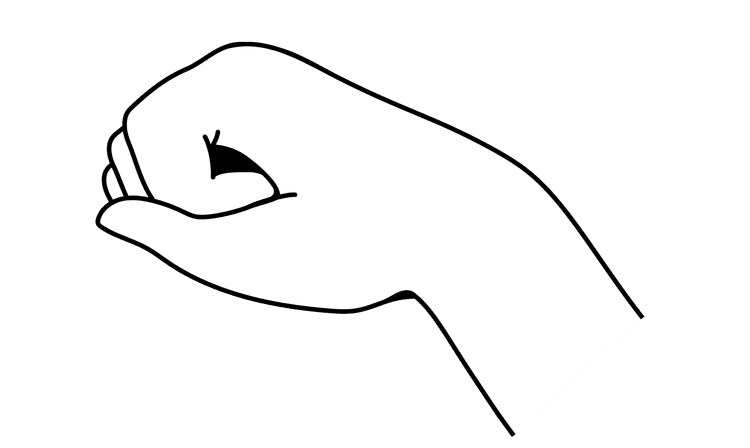Myths about teaching can hold you back
- Year 4
Preparing for part work: practising songs in rhythm names and solfège
I can sing songs in rhythm names and solfège from memory.
- Year 4
Preparing for part work: practising songs in rhythm names and solfège
I can sing songs in rhythm names and solfège from memory.
These resources were made for remote use during the pandemic, not classroom teaching.
Switch to our new teaching resources now - designed by teachers and leading subject experts, and tested in classrooms.
Lesson details
Key learning points
- Rhythm names like ta and ta-di can be worked out using beat fingers, listening for how many sounds are on each beat.
- Pitch actions can help us recognise melodic shape
- We can use solfège like so, mi and do to identify specific pitches.
Keywords
Beat - the playing or showing of the steady pulse, like the ticking of a clock
Rhythm - the pattern of sounds that we play and sing
Melodic shape - the up and down movement of pitches in music
Solfège - a system of naming pitches so we can recognise patterns by ear (e.g. do re mi)
Common misconception
Beat and rhythm are the same thing.
The beat is the showing or playing of the steady pulse. They rhythm is the pattern of sounds which we play in time to the beat.
To help you plan your year 4 music lesson on: Preparing for part work: practising songs in rhythm names and solfège, download all teaching resources for free and adapt to suit your pupils' needs...
To help you plan your year 4 music lesson on: Preparing for part work: practising songs in rhythm names and solfège, download all teaching resources for free and adapt to suit your pupils' needs.
The starter quiz will activate and check your pupils' prior knowledge, with versions available both with and without answers in PDF format.
We use learning cycles to break down learning into key concepts or ideas linked to the learning outcome. Each learning cycle features explanations with checks for understanding and practice tasks with feedback. All of this is found in our slide decks, ready for you to download and edit. The practice tasks are also available as printable worksheets and some lessons have additional materials with extra material you might need for teaching the lesson.
The assessment exit quiz will test your pupils' understanding of the key learning points.
Our video is a tool for planning, showing how other teachers might teach the lesson, offering helpful tips, modelled explanations and inspiration for your own delivery in the classroom. Plus, you can set it as homework or revision for pupils and keep their learning on track by sharing an online pupil version of this lesson.
Explore more key stage 2 music lessons from the Singing for performance: discovering different ways to sing in harmony unit, dive into the full primary music curriculum, or learn more about lesson planning.

Equipment
Licence
Prior knowledge starter quiz
4 Questions
Q1.When music is in 4-time, the beat pattern feels :
Q2.In the song Double Double, the highest pitch is always on which word?
Q3. is the playing or showing of the steady pulse, like the ticking of a clock.
Q4.What is melodic shape?
Assessment exit quiz
4 Questions
Q1.Which rhythm is Taka-di?




Q2.Which rhythm has two equal sounds?




Q3.Which solfège hand sign is showing the pitch 'mi'?






